
The Enchanting Qadisha Grotto: Lebanon's Hidden Gem
Discover the Qadisha Grotto in Lebanon, a hidden gem offering stunning stalactite formations, serene natural beauty, and a rich historical backdrop in the Qadisha Valley.
Nestled within the scenic mountains of Lebanon, the Qadisha Grotto is a stunning natural wonder that captivates visitors with its breathtaking beauty. The grotto is part of the Qadisha Valley, a UNESCO World Heritage site known for its historical significance and natural splendor. As you explore the grotto, you'll be mesmerized by the unique formations of stalactites and stalagmites that have been shaped over thousands of years. Beyond its geological marvels, the Qadisha Grotto offers a serene escape from the hustle and bustle of city life. The cool, tranquil environment inside the grotto provides a perfect setting for relaxation and reflection. The surrounding valley is dotted with ancient monasteries and hermitages, adding a spiritual dimension to your visit. Whether you're an adventure seeker or a history buff, the Qadisha Grotto has something for everyone. Hiking trails around the grotto offer spectacular views of the valley and the opportunity to explore Lebanon's rich cultural and natural heritage. Don't forget to bring your camera, as the grotto and its surroundings are incredibly photogenic, offering countless opportunities for memorable snapshots.
Local tips in Qadisha Grotto
- Wear comfortable walking shoes as the grotto and surrounding trails can be uneven and slippery.
- Visit early in the morning to avoid crowds and have a more peaceful experience.
- Bring a light jacket as the temperature inside the grotto can be quite cool, even in summer.
- Hire a local guide to learn about the history and significance of the Qadisha Valley and its monasteries.
- Carry water and snacks, especially if you plan to hike the nearby trails.
The Enchanting Qadisha Grotto: Lebanon's Hidden Gem
Nestled within the scenic mountains of Lebanon, the Qadisha Grotto is a stunning natural wonder that captivates visitors with its breathtaking beauty. The grotto is part of the Qadisha Valley, a UNESCO World Heritage site known for its historical significance and natural splendor. As you explore the grotto, you'll be mesmerized by the unique formations of stalactites and stalagmites that have been shaped over thousands of years. Beyond its geological marvels, the Qadisha Grotto offers a serene escape from the hustle and bustle of city life. The cool, tranquil environment inside the grotto provides a perfect setting for relaxation and reflection. The surrounding valley is dotted with ancient monasteries and hermitages, adding a spiritual dimension to your visit. Whether you're an adventure seeker or a history buff, the Qadisha Grotto has something for everyone. Hiking trails around the grotto offer spectacular views of the valley and the opportunity to explore Lebanon's rich cultural and natural heritage. Don't forget to bring your camera, as the grotto and its surroundings are incredibly photogenic, offering countless opportunities for memorable snapshots.
When is the best time to go to Qadisha Grotto?
Iconic landmarks you can’t miss
Kadisha cave bcharre
Immerse yourself in the breathtaking beauty of Kadisha Cave, a UNESCO World Heritage site in Bcharre, Lebanon, where nature and history intertwine.

Qadisha
Explore the breathtaking Qadisha Valley, a UNESCO World Heritage site in Lebanon known for its stunning landscapes and ancient monasteries.
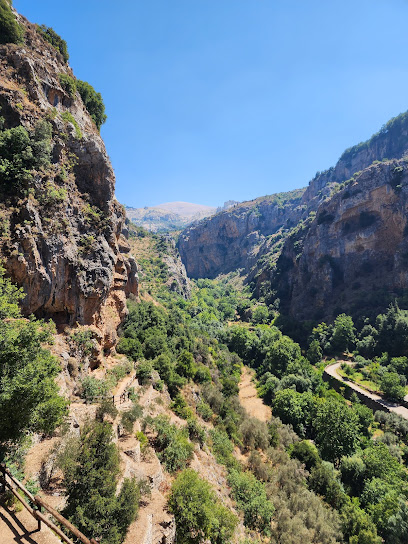
Unmissable attractions to see
Jabal Moussa Biosphere Reserve - Chouwan Entrance
Explore the breathtaking beauty of Jabal Moussa Biosphere Reserve in Chouwan, Lebanon, a UNESCO World Heritage site rich in biodiversity and cultural heritage.

Horsh Ehden
Discover the serene landscapes and rich biodiversity of Horsh Ehden, a national reserve that offers a peaceful retreat in Lebanon's nature.
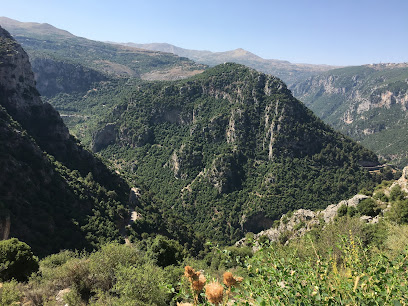
مغارة كفرحيم
Experience the enchanting beauty and rich history of Deir El Qamar, a picturesque gem in Lebanon's mountainous landscape.
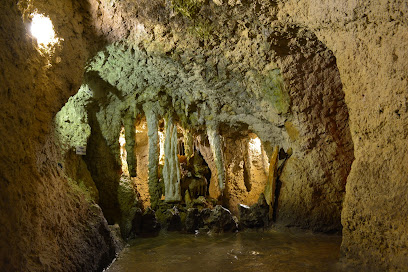
Monastery of Mar Lishaa
Experience spiritual tranquility and breathtaking views at the historic Monastery of Mar Lishaa in the serene mountains of Bsharri, Lebanon.

Lebanese Marine and Wildlife Museum
Discover the Lebanese Marine and Wildlife Museum: A hub for biodiversity, conservation, and education in the heart of Jeita.
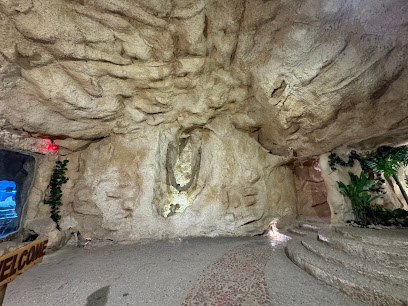
Kadisha Valley
Explore the breathtaking Kadisha Valley, a UNESCO World Heritage site, where nature and history unite in stunning landscapes and ancient monasteries.
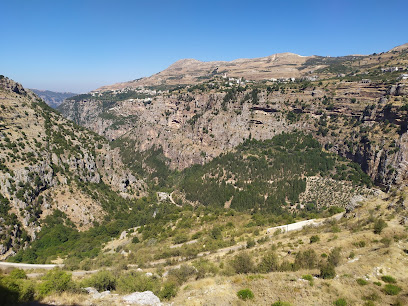
Qannoubin Valley
Discover the stunning landscapes and rich history of Qannoubin Valley, a premier hiking destination in Lebanon, perfect for nature lovers and adventurers alike.
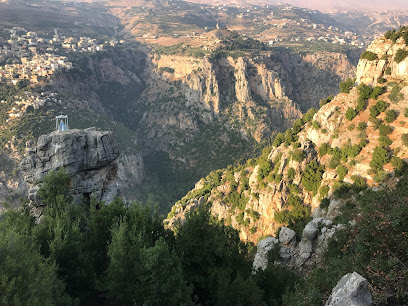
ProX Riding Club
Experience the thrill of ATV and snowmobile adventures at ProX Riding Club, nestled in the stunning landscapes of Kfardebian, Lebanon.
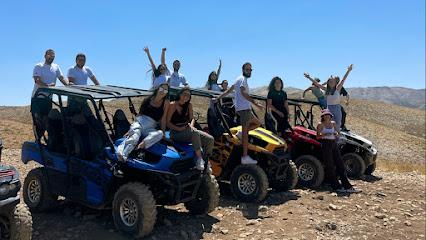
Qadisha
Discover the breathtaking beauty and rich history of Qadisha Valley, a UNESCO World Heritage site in Lebanon, perfect for nature lovers and history enthusiasts.
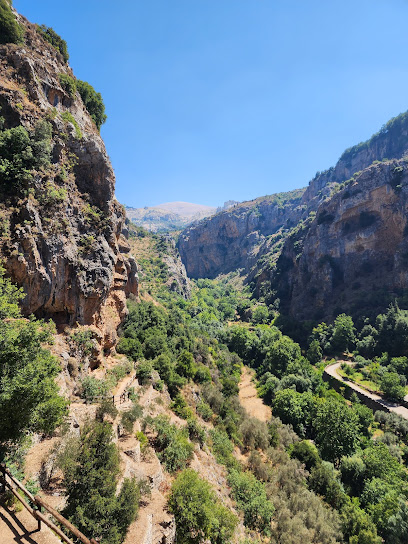
Mar Elias grotto
Explore the enchanting Mar Elias Grotto in Dar Baachtar, a hidden gem of natural beauty and cultural significance in Lebanon, perfect for every traveler.
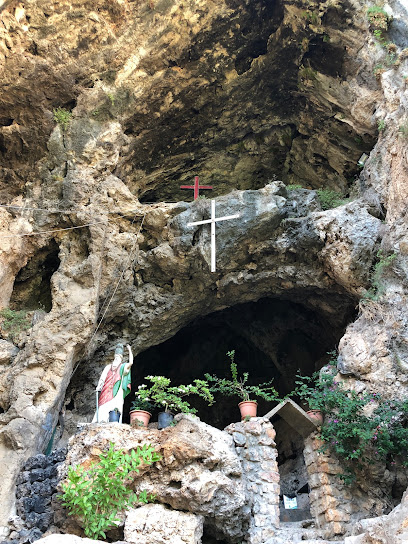
Parc De Jeita
Experience the serene landscapes and captivating sculptures of Parc De Jeita, a hidden gem in Lebanon for nature lovers and art enthusiasts alike.
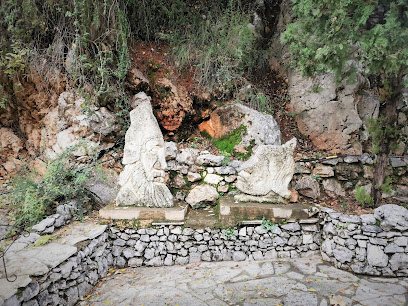
Qannoubine Valley Bsharri
Explore the breathtaking Qannoubine Valley in Bsharri, Lebanon – a serene escape filled with natural beauty and rich spiritual heritage.
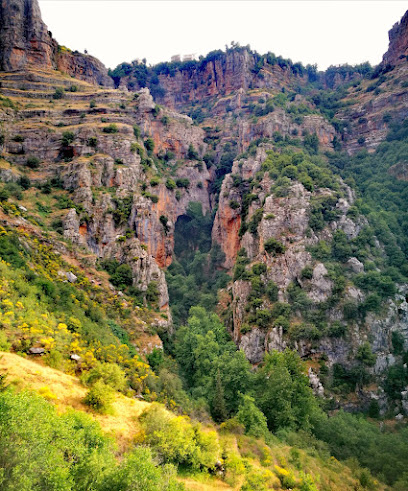
Valley qadisha
Discover the stunning Valley Qadisha, Lebanon's Grand Canyon, and immerse yourself in breathtaking landscapes and rich historical heritage.
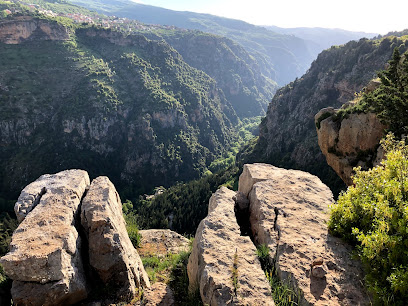
Kadisha cave entrance
Discover the breathtaking Kadisha Cave entrance in Bsharri, a UNESCO World Heritage site blending stunning natural beauty with rich historical significance.
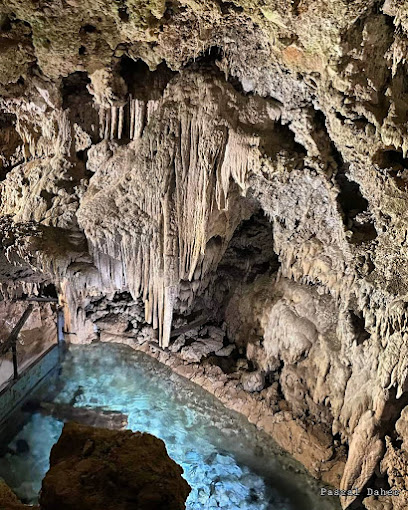
Afqa
Discover Afqa, a scenic Lebanese village renowned for its stunning waterfalls, rich history, and vibrant local culture amidst breathtaking landscapes.
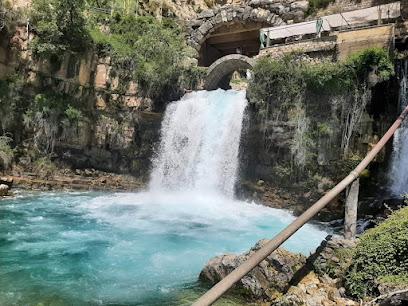
Essential places to dine
Al Ferdaws Restaurant
Discover authentic Lebanese flavors at Al Ferdaws Restaurant in Ehden – where exquisite cuisine meets breathtaking views.
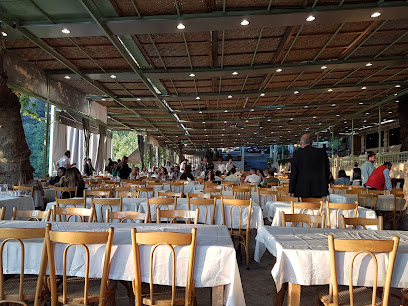
Al Zaytouni - Bcharre
Discover authentic Lebanese flavors at Al Zaytouni in Bcharre - where every dish tells a story amidst breathtaking mountain views.
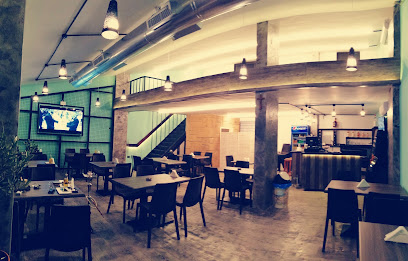
Abou Joseph Restaurant
Discover authentic Lebanese cuisine amidst breathtaking views at Abou Joseph Restaurant in scenic Bsharri.
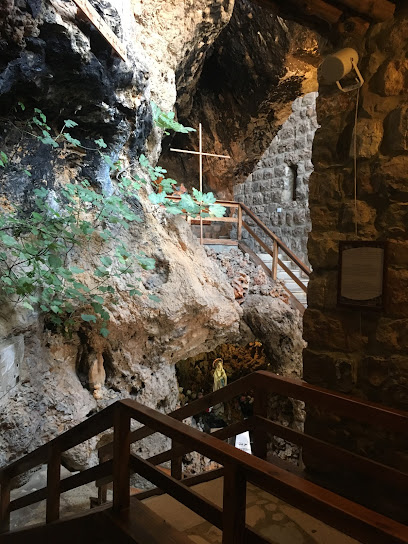
Le Chatel
Discover authentic Lebanese flavors at Le Chatel in Bsharri - where tradition meets taste amidst breathtaking views.
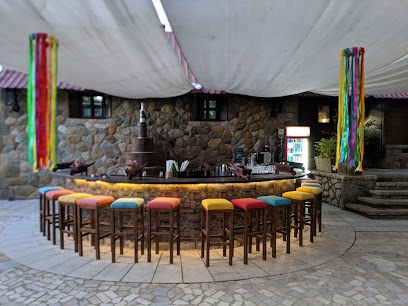
Cafe des cèdres
Experience authentic Lebanese cuisine at Café des Cèdres in Bsharri, where local flavors meet warm hospitality amid stunning scenery.
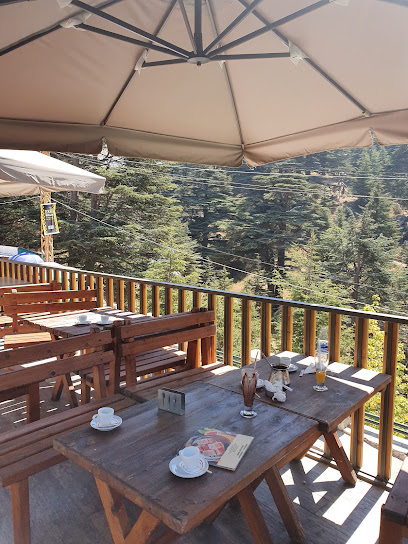
Al Arze Ehden restaurant
Experience authentic Lebanese cuisine amidst stunning mountain views at Al Arze Ehden restaurant in picturesque Lebanon.
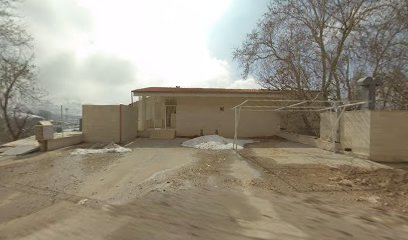
Markets, malls and hidden boutiques
Jeita Grotto
Explore the stunning limestone caves of Jeita Grotto, a natural wonder in Lebanon, perfect for adventure and nature lovers.
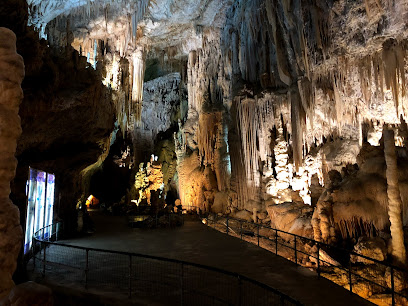
Cedars of God Bsharri
Discover the ancient Cedars of God in Bsharri, a UNESCO World Heritage Site and a breathtaking nature preserve rich in history and natural beauty.
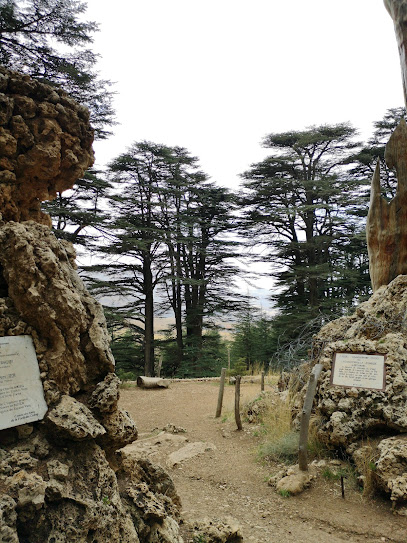
The Old Souq
Discover the Old Souq of Byblos, a vibrant market filled with history, local crafts, and authentic Lebanese culture.
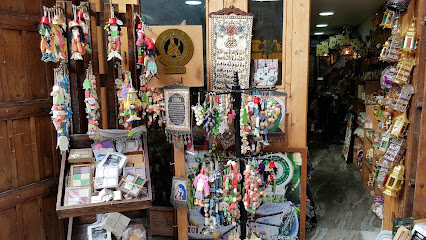
دير مار أنطونيوس الكبير قزحيا - الرهبانية اللبنانية المارونية
Discover the serene beauty and rich history of the Monastery of Saint Anthony the Great in Cazahia, a must-visit spiritual retreat in Lebanon.
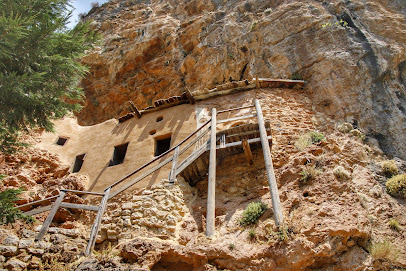
Horsh Ehden
Explore the serene beauty and rich biodiversity of Horsh Ehden, Lebanon's stunning national reserve and nature preserve.
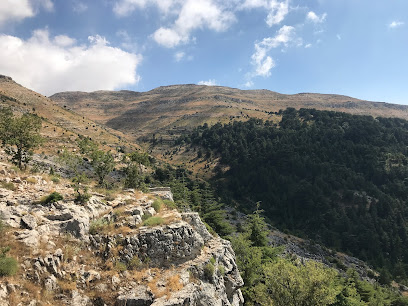
Saydet el Hosn - Lady of the Fortress سيدة الحصن
Explore Saydet el Hosn, a serene church in Ehden, Lebanon, blending breathtaking architecture with rich cultural history for an unforgettable experience.
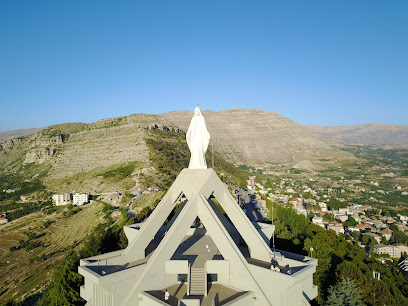
Monastery of Mar Lishaa
Experience the serene beauty and rich history of the Monastery of Mar Lishaa, a tranquil retreat in the breathtaking landscapes of Lebanon.
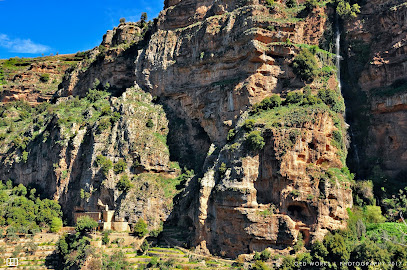
Jabal Moussa Biosphere Reserve - Qehmez entrance | محميّة جبل موسى - مدخل قهمز
Explore the breathtaking landscapes and rich biodiversity at Jabal Moussa Biosphere Reserve, a UNESCO World Heritage site in Lebanon.
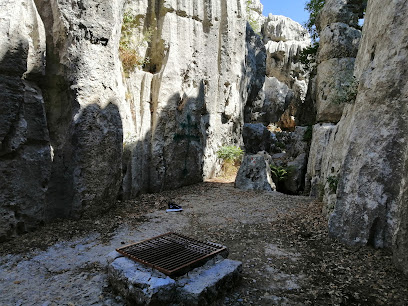
Al Zaytouni - Bcharre
Discover Al Zaytouni in Bcharre: a delightful restaurant serving authentic Lebanese cuisine amidst breathtaking mountain views.
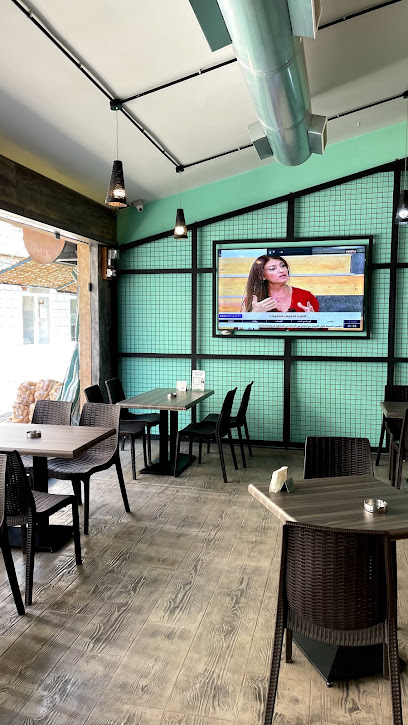
Kadisha Valley
Discover the natural beauty and spiritual heritage of Kadisha Valley, a breathtaking ravine in Lebanon, perfect for exploring and reflecting.
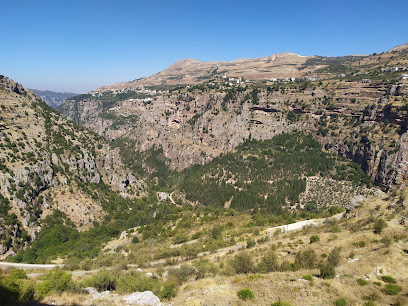
مغارة عين وزين الطبيعية
Explore مغارة عين وزين, a breathtaking natural cave in Lebanon, featuring stunning stalactite formations and a magical atmosphere for all travelers.
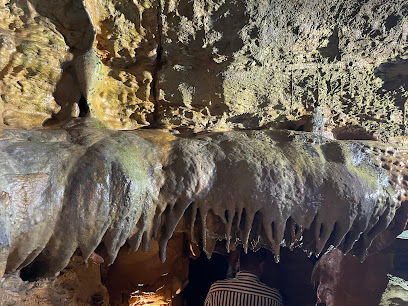
Kadisha cave bcharre
Discover the breathtaking Kadisha Cave in Bcharre, a natural wonder filled with stunning rock formations and rich historical significance.
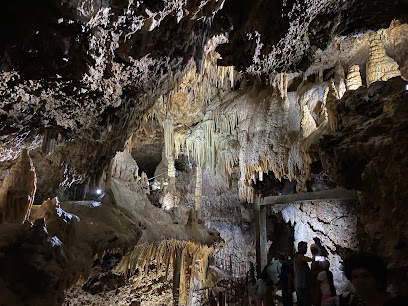
Al arz cedrium
Experience the charm of Al Arz Cedrium, a serene hotel in Bsharri, surrounded by ancient cedars and breathtaking mountain views.

Daou Store - ضو ستور
Experience the true flavors of Lebanon at Daou Store, your go-to grocery destination in beautiful Jeita, offering fresh produce and local delights.
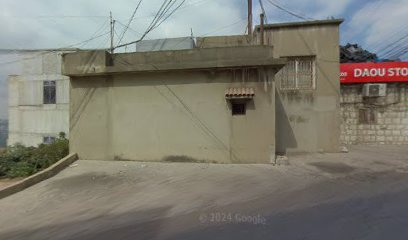
Qadisha
Discover the breathtaking beauty and rich history of Qadisha Valley, a UNESCO World Heritage site in Lebanon, perfect for nature lovers and history buffs alike.
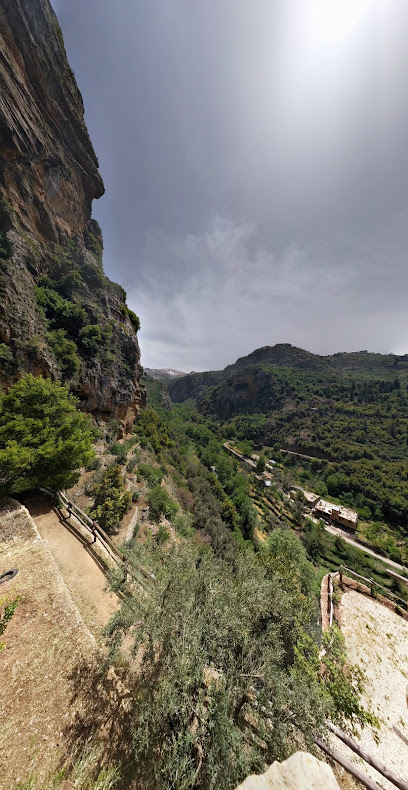
Essential bars & hidden hideouts
Kadisha Valley
Discover the stunning Kadisha Valley, a UNESCO World Heritage site in Lebanon, known for its breathtaking landscapes and rich historical heritage.
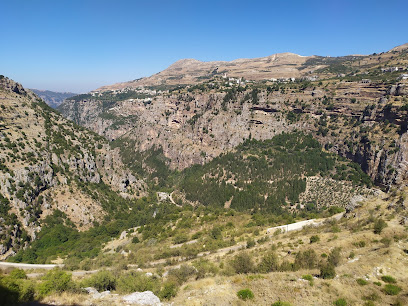
Cave Du Roi
Discover the charm of Cave Du Roi, a cozy bar in Bsharri offering delightful drinks and a warm atmosphere, perfect for relaxing after your adventures.
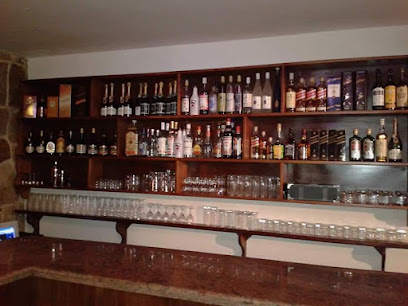
Local Phrases about Qadisha Grotto
-
- Helloمرحبا
[marhaba] - Goodbyeوداعا
[wada'an] - Yesنعم
[naam] - Noلا
[la] - Please/You're welcomeمن فضلك
[min fadlik] - Thank youشكرا
[shukran] - Excuse me/Sorryعذرا
['udhran] - How are you?كيف حالك؟
[kayf halak?] - Fine. And you?بخير. وأنت؟
[bikhayr. wa'ant?] - Do you speak English?هل تتكلم الإنجليزية؟
[hal tatakallam al'injlizia?] - I don't understandأنا لا أفهم
[ana la afham]
- Helloمرحبا
-
- I'd like to see the menu, pleaseأود أن أرى القائمة، من فضلك
[awad 'an ara alqaimah, min fadlik] - I don't eat meatأنا لا آكل اللحم
[ana la aakul allahm] - Cheers!في صحتك!
[fi sahtak!] - I would like to pay, pleaseأود أن أدفع، من فضلك
[awad 'an adfa', min fadlik]
- I'd like to see the menu, pleaseأود أن أرى القائمة، من فضلك
-
- Help!النجدة!
[alnajdah!] - Go away!انصرف!
[ansraf!] - Call the Police!اتصل بالشرطة!
[atassil bialshurta!] - Call a doctor!اتصل بالطبيب!
[atassil biltabib!] - I'm lostلقد ضللت الطريق
[laqad dillat altariq] - I'm illأنا مريض
[ana mareed]
- Help!النجدة!
-
- I'd like to buy...أريد شراء...
[urid shira...] - I'm just lookingأنا فقط أتطلع
[ana faqat atatalla] - How much is it?كم سعره؟
[kam sa'ruh?] - That's too expensiveهذا غالي جدا
[hatha ghali jiddan] - Can you lower the price?هل يمكنك تخفيض السعر؟
[hal yumkinuk takhfid alsu'r?]
- I'd like to buy...أريد شراء...
-
- What time is it?كم الساعة؟
[kam alsaa'ah?] - It's one o'clockالساعة الواحدة
[alsaa'ah alwahidah] - Half past (10)العاشرة والنصف
[al'ashrah walnisf] - Morningالصباح
[alsabah] - Afternoonالظهر
[alduhur] - Eveningالمساء
[almasa'] - Yesterdayالبارحة
[albarihah] - Todayاليوم
[alyawm] - Tomorrowغدا
[ghadan] - 1واحد
[wahid] - 2اثنان
[ithnan] - 3ثلاثة
[thalathah] - 4أربعة
[arba'ah] - 5خمسة
[khamsah] - 6ستة
[sittah] - 7سبعة
[sab'ah] - 8ثمانية
[thamaniah] - 9تسعة
[tis'ah] - 10عشرة
['asharah]
- What time is it?كم الساعة؟
-
- Where's a/the...?أين...؟
[ayn...?] - What's the address?ما هو العنوان؟
[ma huwa al'anaan?] - Can you show me (on the map)?هل يمكنك أن تريني (على الخريطة)؟
[hal yumkinuk 'an tureeni (ala alkhareetah)?] - When's the next (bus)?متى القادم (الحافلة)؟
[mata alqadim (alhafilah)?] - A ticket (to ....)تذكرة (إلى...)
[tadhkirah (ila...)]
- Where's a/the...?أين...؟
History of Qadisha Grotto
-
The Qadisha Grotto, located in the Qadisha Valley in Lebanon, has been a site of human habitation and spiritual significance for thousands of years. Archaeological evidence suggests that the area was used by early humans during the Paleolithic era, making it one of the oldest continuously inhabited regions in the world.
-
During the early Christian era, the Qadisha Grotto became a refuge for ascetics and monks seeking solitude and divine inspiration. The remote and rugged terrain provided the perfect setting for hermitages, where these early Christians could devote their lives to prayer and contemplation away from the distractions of the world.
-
By the 4th century, the Qadisha Valley saw the establishment of monastic settlements. These included the Monastery of Qozhaya, one of the oldest monastic communities in Lebanon, and the Monastery of Mar Elisha, both of which played crucial roles in the spread of Christianity throughout the region. The monks who inhabited these monasteries were known for their contributions to religious scholarship and preserving ancient manuscripts.
-
The Middle Ages marked a period of growth and prosperity for the monastic communities in the Qadisha Valley. The grottoes and caves were expanded and transformed into elaborate religious complexes. The valley became a center of learning and spirituality, attracting pilgrims, scholars, and religious leaders from across the Christian world.
-
The Ottoman conquest of Lebanon in the 16th century brought significant changes to the Qadisha Valley. While the monasteries continued to function, they faced increased taxation and interference from the Ottoman authorities. This period saw a decline in the valley's prominence as a religious center, although it remained an important site of Christian heritage.
-
In the 20th century, the Qadisha Grotto and the surrounding valley experienced a resurgence of interest from historians, archaeologists, and tourists. Efforts were made to preserve the cultural and historical significance of the area, leading to its designation as a UNESCO World Heritage Site in 1998. Today, the Qadisha Grotto stands as a testament to Lebanon's rich religious and historical heritage, attracting visitors from around the world.
Qadisha Grotto Essentials
-
Qadisha Grotto, located in the Qadisha Valley in northern Lebanon, can be accessed from major cities like Beirut and Tripoli. The nearest international airport is Beirut-Rafic Hariri International Airport, approximately 120 kilometers away. From Beirut, you can rent a car, take a private taxi, or use a shared taxi service (known locally as 'service taxis') to reach Qadisha Valley. The journey typically takes around 2 to 3 hours by road. Public buses also operate from Beirut to nearby towns such as Bsharri, from where you can take a local taxi to the grotto.
-
While exploring Qadisha Valley, renting a car offers the most flexibility. However, local taxis are also readily available and are a convenient way to navigate the narrow and winding roads of the valley. For a more immersive experience, consider hiking or walking, as many of the valley's attractions are connected by scenic trails. Public buses and minibuses (known as 'vans') connect major towns like Bsharri and Ehden, but these services may be infrequent.
-
The official currency in Lebanon is the Lebanese Pound (LBP), but US dollars are widely accepted. Credit cards are accepted in most hotels, restaurants, and larger shops, but it is advisable to carry cash for smaller establishments and local markets. ATMs are available in nearby towns like Bsharri, but it's wise to carry sufficient cash, especially if you plan to explore remote areas of the valley.
-
Qadisha Valley is generally a safe destination for tourists. However, standard precautions should be taken, such as avoiding isolated areas at night and keeping an eye on personal belongings in crowded places. While there are no specific high-crime areas targeting tourists, it is always best to stay vigilant. It's advisable to check travel advisories and local updates before your trip.
-
In case of emergency, dial 112 for immediate assistance in Lebanon. The local police stations and medical facilities are available in nearby towns like Bsharri. It's recommended to have travel insurance that covers medical emergencies. For minor health issues, there are pharmacies in the valley towns where you can purchase over-the-counter medications.
-
Fashion: Do dress modestly, especially when visiting religious sites within the valley. Avoid wearing revealing clothing. Religion: Do respect local customs and traditions. Always cover your head when entering monasteries and churches. Public Transport: Do be respectful and give up your seat to elderly passengers. Don't eat or drink on public transport. Greetings: Do greet people with a handshake or a slight nod. Lebanese people are generally warm and welcoming. Eating & Drinking: Do try local delicacies and accept food offerings graciously. Don't refuse hospitality, as it is considered impolite.
-
To experience Qadisha Grotto like a local, consider visiting during the off-peak seasons of spring or autumn when the weather is pleasant and the crowds are smaller. Engage with local guides who can share in-depth knowledge about the valley's history and hidden gems. Don't miss the Saint Anthony the Great Monastery and the Qannoubine Monastery, which offer fascinating insights into the region's religious heritage. For a unique experience, hike the valley trails early in the morning to catch the sunrise illuminating the gorge.
Nearby Cities to Qadisha Grotto
-
Things To Do in Baalbek
-
Things To Do in Batroun
-
Things To Do in Byblos
-
Things To Do in Zahle
-
Things To Do in Jounieh
-
Things To Do in Broummana
-
Things To Do in Anjar
-
Things To Do in Beirut
-
Things To Do in Aley
-
Things To Do in Deir el Qamar
-
Things To Do in Rashaya
-
Things To Do in Sidon
-
Things To Do in Marjayoun
-
Things To Do in Tyre
-
Things To Do in Safed








